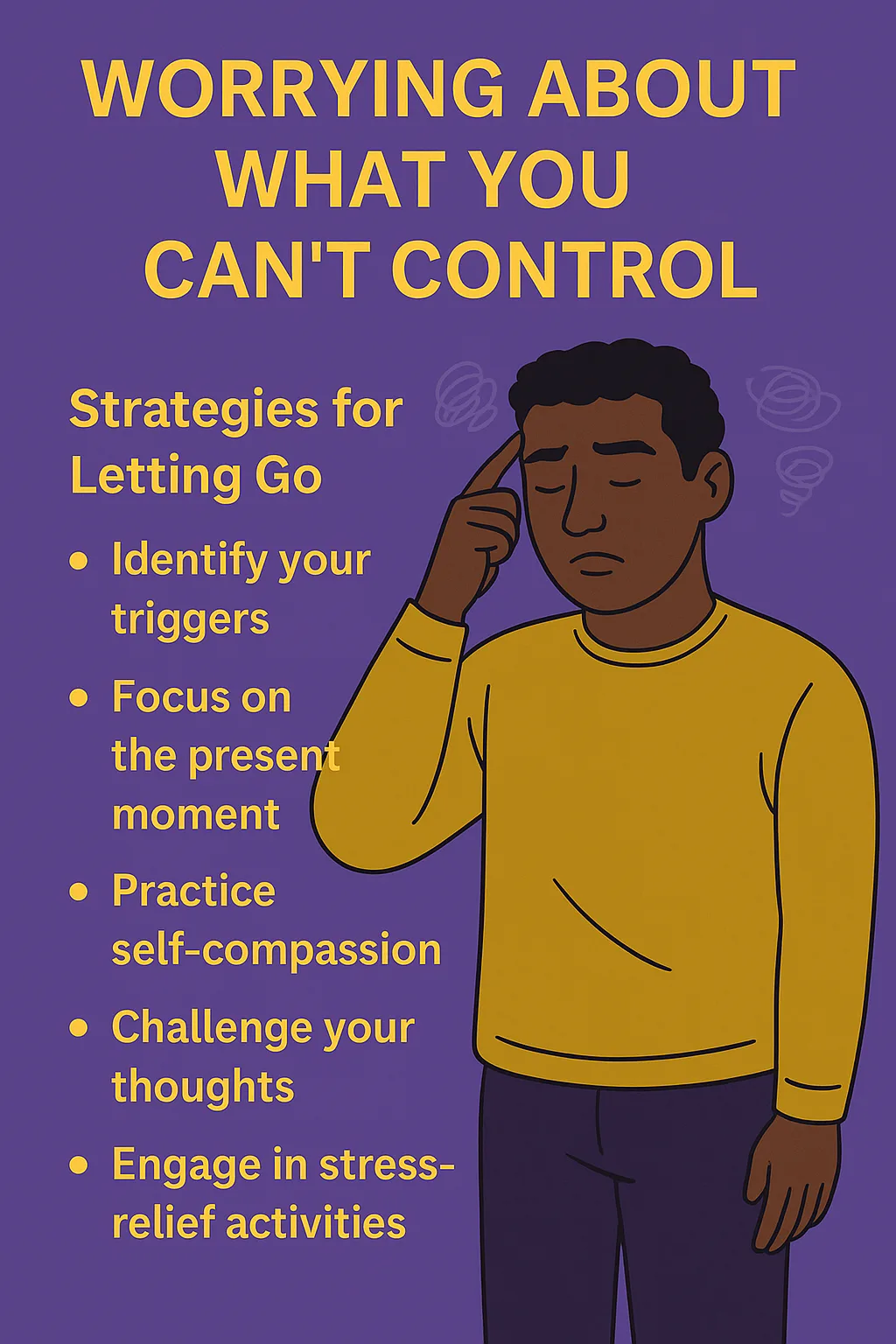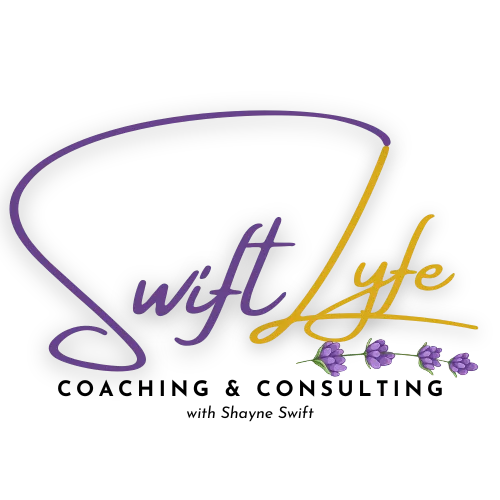By Shayne Swift | SwiftLyfe Coaching & Consulting
ADHD brains don’t just think—they spiral.
We replay conversations, stress over the unknown, and get stuck in mental loops trying to control what’s already happened… or hasn’t happened yet.
If you’ve ever found yourself lost in the what-ifs, the should-haves, or the why-didn’t-they’s, you’re not alone.
You’re not weak.
You’re wired differently.
And this pattern—worrying about things outside your control—is common for ADHDers who care deeply but struggle with regulation.
Here’s how to shift that pattern with empathy, clarity, and simple, brain-friendly tools.
1. Acknowledge the Feeling First
Before you redirect or reframe, validate the emotion.
Say (to yourself or someone else):
👉🏾 “It makes sense that you feel stuck—this is hard.”
ADHD brains often get dismissed as “dramatic” or “too sensitive.” What we need is witnessing, not fixing. Recognition helps us release.
2. Use the Circle of Control
Visualize three zones:
- ✅ What I control (my thoughts, actions, boundaries)
- 🤝 What I influence (relationships, communication)
- ❌ What I don’t control (others’ behavior, the past, external events)
Ask:
“What’s one thing I can shift in my control zone right now?”
Even a small step—like drinking water or sending one email—can ground the spiral.
3. Redirect to Micro-Agency
ADHD brains need motion more than motivation.
Instead of saying “just stop thinking about it,” try:
👉🏾 “What’s one small action you can take right now to feel more in control?”
This might look like:
- Doing a quick brain dump
- Making a list of what is going well
- Taking a 2-minute sensory reset (like listening to music or stretching)
Small wins tell your nervous system: you’ve got this.
4. Name the Pattern, Not the Person
When you catch yourself spiraling, pause and say:
👉🏾 “This is a pattern. My brain is trying to protect me.”
Noticing how you think instead of judging what you’re thinking builds self-awareness—and reduces shame.
5. Anchor With the Body and the Arts
When the mind loops, the body can lead. Try:
- Somatic grounding (deep breaths, body scans, cold water)
- Creative externalization (journaling, drawing the worry, expressive movement)
- Music + movement breaks to shift state and reset emotional energy
These aren’t distractions. They’re evidence-based regulation tools that help calm the chaos.
6. Reinforce Identity-Based Reframes
When you feel powerless, remind yourself of your core strengths.
Say:
👉🏾 “I am resourceful.”
👉🏾 “I’ve made it through this before.”
👉🏾 “This moment doesn’t define me.”
ADHD can make us forget who we are when we’re overwhelmed. These reframes help us remember—and reclaim—our truth.
Final Thoughts:
Worrying about things we can’t control is exhausting.
But it’s also a sign of how deeply we care.
You don’t need to stop caring.
You just need tools, structure, and a space that works with your brain—not against it.
With the right support, you can shift from spiraling to steady, from stuck to self-led.
🌟 Need help regulating the chaos?
Join the Chaos2Clarity community or book a 1:1 ADHD coaching session at swiftlyfe.com. Let’s turn the noise into clarity—together.
#ADHDCoach #CircleOfControl #OverthinkingAndADHD #EmotionalRegulation #ADHDWomen #SwiftLyfeStrategies


